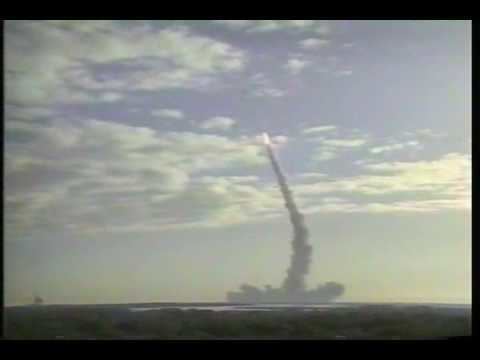Mission type Satellite deployment SATCAT no. 22259 Period 1.5 hours Launch date 2 December 1992 Landing date 9 December 1992 | COSPAR ID 1992-086A Orbits completed 116 Apogee 376,000 m Dates 2 Dec 1992 – 9 Dec 1992 | |
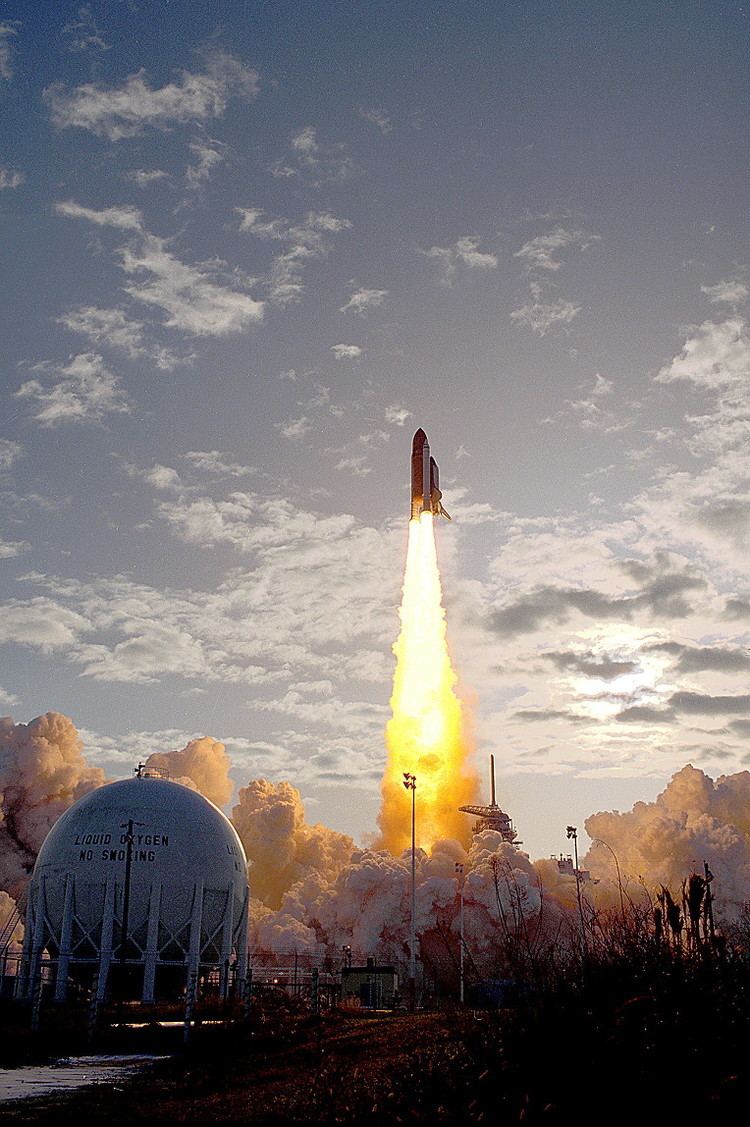 | ||
Mission duration 7 days, 07 hours, 19 minutes, 17 seconds Distance travelled 4,800,000 kilometres (3,000,000 mi) approx. | ||
STS-53 was a Space Shuttle Discovery mission in support of the United States Department of Defense. The mission was launched on 2 December 1992 from Kennedy Space Center, Florida.
Contents

Mission highlights

Discovery carried a classified primary payload for the United States Department of Defense, two unclassified secondary payloads and nine unclassified middeck experiments.
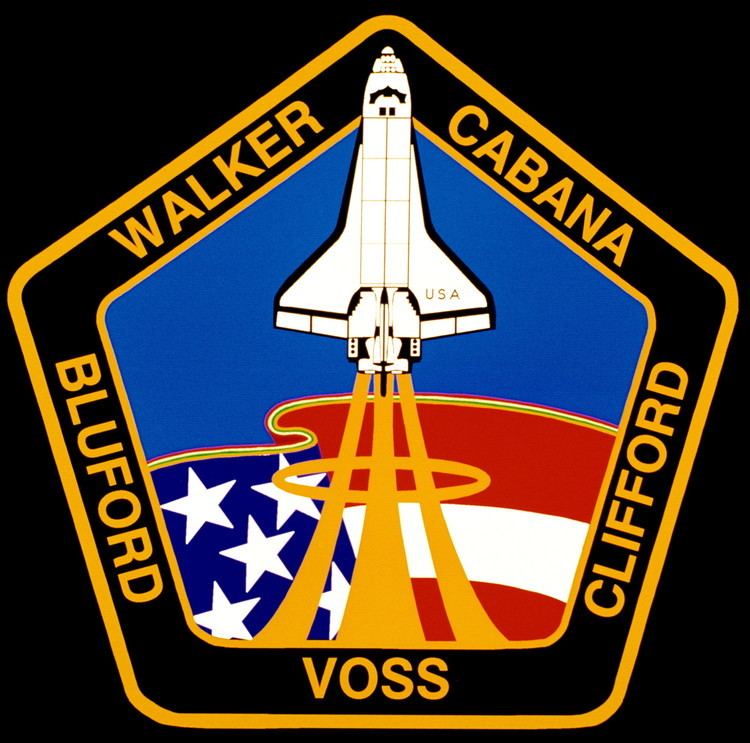
Discovery's primary payload, USA-89 NSSDC ID 1992-086B is also known as "DoD-1", and was the shuttle's last major payload for the Department of Defense. The satellite was the third launch of a Satellite Data System-2 military communications satellite, after USA-40 on STS-28 and STS-38's deployment of USA-67.
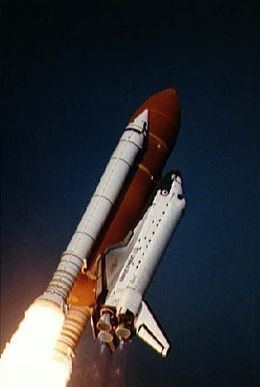
Secondary payloads contained in or attached to Get Away Special (GAS) hardware in the cargo bay included the Orbital Debris Radar Calibration Spheres (ODERACS) and the combined Shuttle Glow Experiment/Cryogenic Heat Pipe Experiment (GCP).
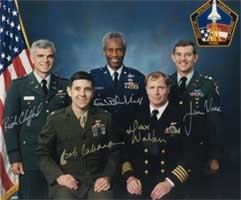
Middeck experiments included Microcapsules in Space (MIS-l); Space Tissue Loss (STL); Visual Function Tester (VFT-2); Cosmic Radiation Effects and Activation Monitor (CREAM); Radiation Monitoring Equipment (RME-III); Fluid Acquisition and Resupply Experiment (FARE); Hand-held, Earth-oriented, Real-time, Cooperative, User-friendly, Location-targeting and Environmental System (HERCULES); Battlefield Laser Acquisition Sensor Test (BLAST); and the Cloud Logic to Optimize Use of Defense Systems (CLOUDS).
Mission insignia
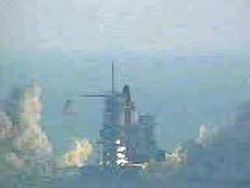
The five stars and three stripes of the insignia symbolize the flight's numerical designation in the Space Transportation System's mission sequence.
